Analysis of Microplastics on the Surface of Typical Fresh Fruits and Vegetables
Recently, the Team of Novel Water-saving Materials and Agricultural Film Pollution Control at the Institute of Environment and Sustainable Development in Agriculture, Chinese Academy of Agricultural Sciences, has achieved a systematic breakthrough in research on the occurrence of microplastics on the surface of typical greenhouse fruits and vegetables, and has identified the occurrence characteristics, main pollution sources and effective reduction methods of microplastics on the surface of fruits and vegetables. The related findings have been published in the Journal of Hazardous Materials.
Microplastic pollution has evolved into a global environmental crisis, with its diffusion path and interfacial behavior within agricultural ecosystems requiring urgent systematic investigation. The current systematic research on microplastics on the surface of fresh fruits and vegetables remains insufficient. Traditional studies are largely confined to laboratory-simulated scenarios, whose environmental boundary conditions fundamentally differ from the multi-factor coupled microenvironment in facility-based cultivation systems. Analyzing the occurrence characteristics and source contributions of environmental microplastics on the surface of typical greenhouse fruits and vegetables holds important practical significance for ensuring the safe production of greenhouse fruits and vegetables.
Focusing on real-world protected agriculture scenarios, this study employed advanced spectral imaging and micro-nano scale characterization techniques to analyze greenhouse-grown strawberries (mulch-covered and fully air-exposed), loose-leaf lettuce and head lettuce. Based on an "environmental exposure-interfacial behavior-source tracing" analytical framework, the study demonstrated that a 30-minute immersion treatment showed significant advantages in effectively removing microplastics from the surface of fruits and vegetables. The source-tracing study revealed that atmospheric deposition serves as the primary source of microplastic pollution on fruit and vegetable surface, while pesticide contributions are relatively minor. Furthermore, the plastic mulching cultivation mode was found to aggravate the interfacial enrichment effect of microplastics. Therefore, while standardizing the scientific use of plastic mulch and pesticides in practical production, it is essential to strengthen the monitoring and management of micro-environmental air quality in agricultural facilities, reduce the generation and migration of microplastics at the source, thereby supporting green and safe production of protected agriculture.
This study was supported by the National Key Research and Development Program, the Agricultural Science and Technology Innovation Program of Chinese Academy of Agricultural Sciences, and the State Key Laboratory of Efficient Utilization of Agricultural Water Resources.
Linkage: https://doi.org/10.1016/j.jhazmat.2025.138201;
https://doi.org/10.1016/j.jhazmat.2024.135310
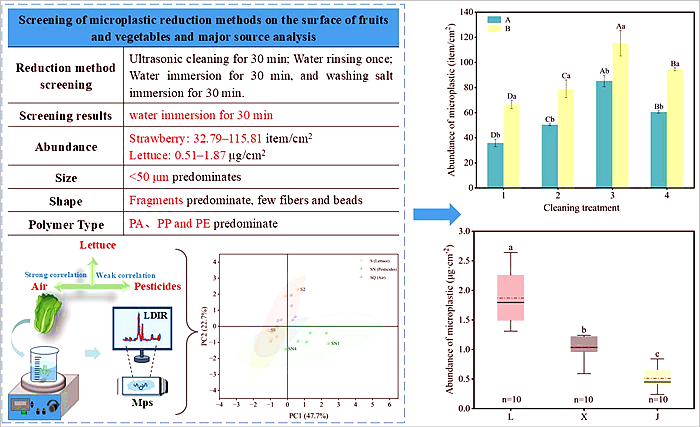
-
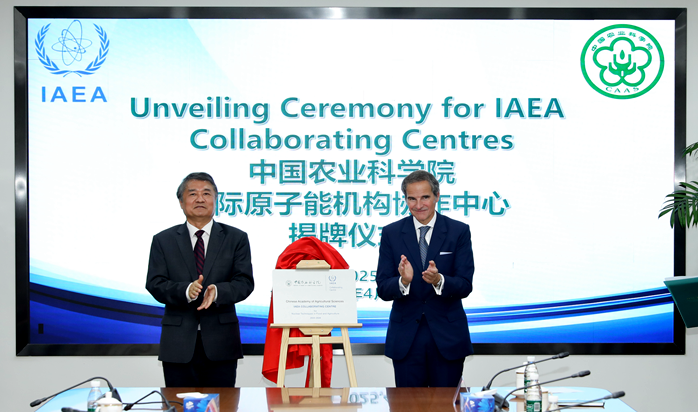 Apr 25, 2025CAAS President Meets Director General of IAEA
Apr 25, 2025CAAS President Meets Director General of IAEA -
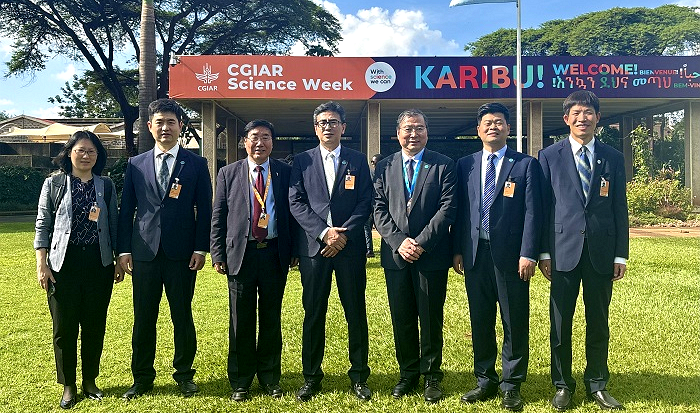 Apr 25, 2025CAAS Delegation Attends CGIAR Science Week 2025
Apr 25, 2025CAAS Delegation Attends CGIAR Science Week 2025 -
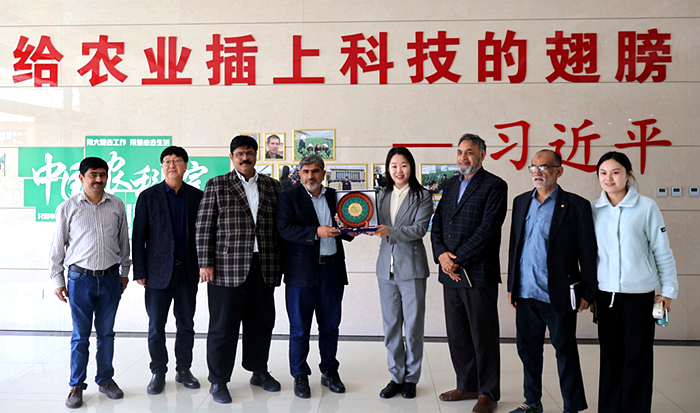 Apr 25, 2025Delegation Led by CEO of Punjab Agricultural Research Council Abid Mahmood and Vice Dean of PKU Advanced Agricultural Research Institute Zhang Xingping Visits Shouguang R&D Center of CAAS
Apr 25, 2025Delegation Led by CEO of Punjab Agricultural Research Council Abid Mahmood and Vice Dean of PKU Advanced Agricultural Research Institute Zhang Xingping Visits Shouguang R&D Center of CAAS -
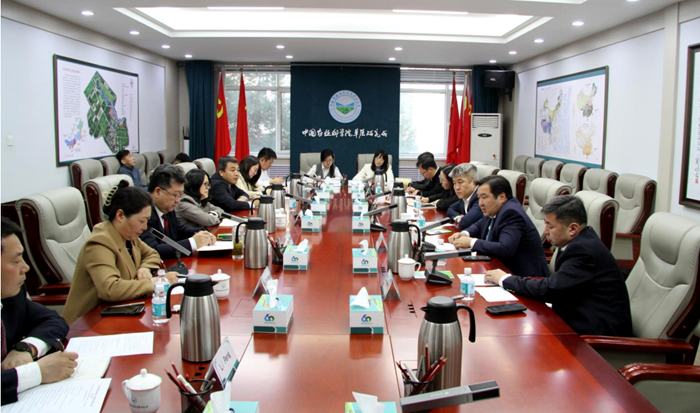 Apr 11, 2025Strengthening China-Mongolia Grassland Cooperation to Build a Cross-Border Green Ecological Barrier
Apr 11, 2025Strengthening China-Mongolia Grassland Cooperation to Build a Cross-Border Green Ecological Barrier -
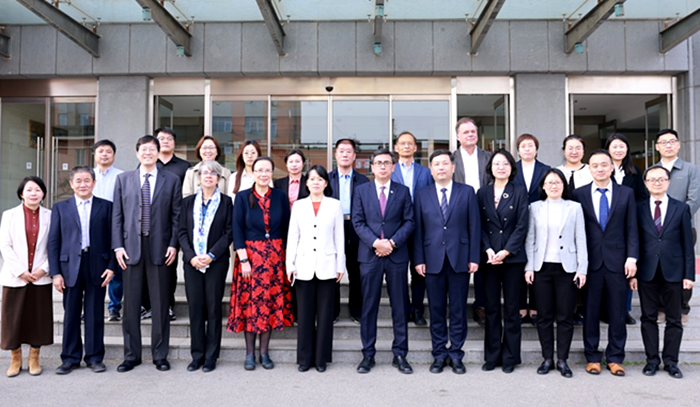 Apr 03, 2025CAAS and CABI Forge a New Chapter in Strategic Cooperation
Apr 03, 2025CAAS and CABI Forge a New Chapter in Strategic Cooperation
